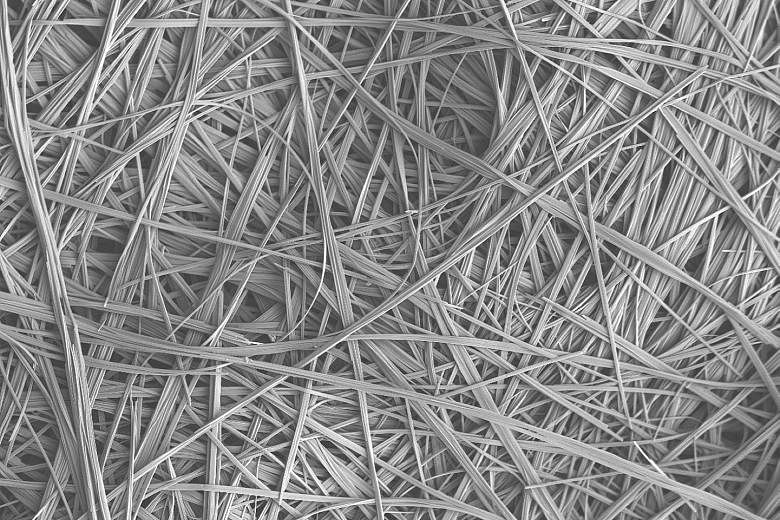Most nanoscale materials are too small to be seen with the naked eye or even with conventional laboratory microscopes.
Engineered nanomaterials can take on unique optical, magnetic, electrical and other properties, and have the potential to revolutionise fields from electronics to medicine, among others.
For instance, nanotechnology can be used to design pharmaceutical drugs that can target specific organs or cells in the body, such as cancer cells, and enhance the effectiveness of therapy.
They can be added to cement, cloth and other materials to make them stronger and lighter.
They can also be used in environmental clean-up, to bind with and neutralise toxins.
However, while engineered nanomaterials could provide great benefits, little is known about their potential effect on human health and the environment. Even well-known materials may pose a hazard when engineered to nano-size.
• Source: United States National Institute of Environmental Health Sciences

